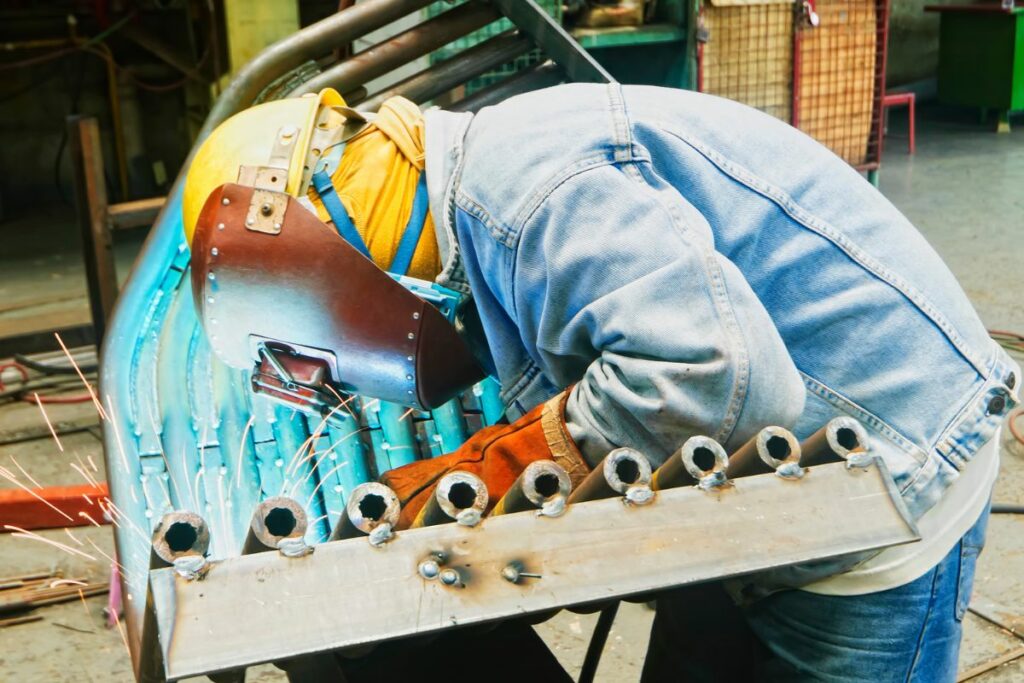
A pressing issue has impacted the welding industry with a shortage of welders across continents and countries. Although this has been one that’s been around for a while, it just continues to be more felt as the demand overarches the supply. So the question stands: where are the welders and why is there a shortage?
A known Finnish welding brand Kemppi reported in 2020 that over 100,000 job postings across the United States necessitate skilled welders. It has also been anticipated that the U.S. will soon also need over more than 300,000 welding professionals around the year 2023. Vacancies and openings are left vacant, hence, adversely affecting industry growth.
In the same vein, Australia has revealed that its recent employment involving skilled trade workers such as electricians, welders, mechanical workers, and technicians showed scarcity. An employment market also in Belgium described the phenomenon as “simply problematic.” Furthermore, the American Welding Society (AWS) mentions that along with the voluminous demand for new talent, the welding industry turned out to be scarce.
There are different opinions regarding this, but this article aims to tackle the why behind the shortage.
Many people fall into the misconception and still believe that the welding profession is non-competitive, thus, contributing to what and how it is now. Because of the perception that no new technology exists in the picture to evolve with the industry, former aspirants suddenly became less encouraged wanderers waiting for the next opportunity elsewhere.
What to do: Network with industry advocates to bear face and champion the cause. An active and aggressive campaign for proper information dissemination surrounding the trade is also worth looking into.
It can’t be denied that this generation is constantly being exposed to such an enormous amount of triggers and visual cues as though to draw out a response. In a culture where everything vies for your attention, repetition doesn’t seem to have a place. As such, industries that might give you a hint of this are impacted. Today it’s easy to spot individuals with less and lesser patience with the shortest attention span.
What to do: Present welding as a trade that may involve repetition but one that can be fun, dynamic, and much needed for its many significant functions.
The truth is welders can make a decent living. But first, they have to be really good at what they do. To be highly skilled, one has to really start from the bottom and work their way up. Not only young people are somehow discouraged by this but even those that are already working in the field tend to look for greener pastures and more career opportunities by changing their career industries.
What to do: Provide more transparency around compensation packages as well as in laying out a clear career path that young welders can progress to within a realistic timeline.
Welding is and has always been, an important trade whether one agrees or not. It has been around since the bronze Age. Many have come and gone, many have remained but also many have retired. Quite perhaps a challenge the industry has been seeing today is the quicker turnover when it comes to retirement than people who are finishing their certifications and training to be equipped with the necessary skills to join the workforce.
What to do: Appeal to relevant bodies for proactive measures to address the issue by means of sponsored training and information sessions where more people have access to welding education.
Having the right information and perspective about the welding industry is one thing. But having the determination to advocate and actively play a role in the industry is another. When you get a formal education, not only do you show commitment but more so submit yourself to the process where you recognise the need for proper training, apprenticeship, and mentorship. With agile programs, strong foundations are built making the issue of shortage obsolete.